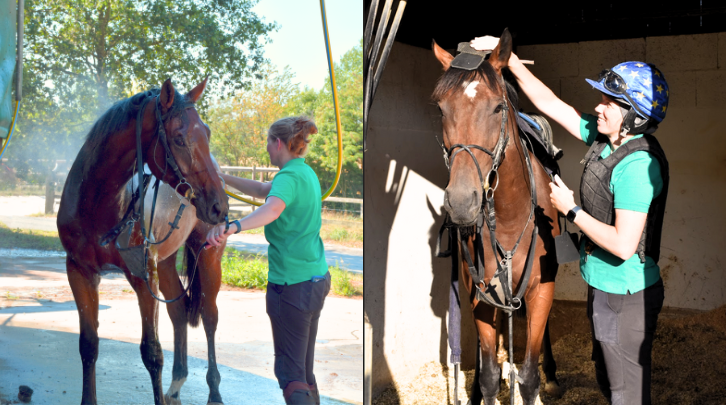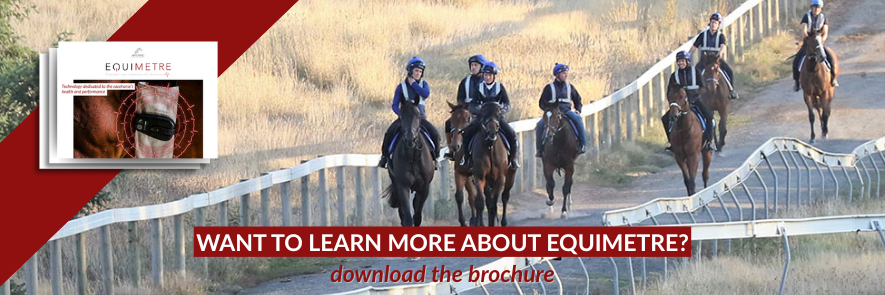Based in Senonnes for more than 12 years, British trainer Louisa Carberry has made a name for herself in the world of steeplechase racing in France. Committed to a rigorous approach, she relies on her eye, her intuition and now data, thanks in particular to Equimetre. In this interview, she shares her experience with these tools, which do not replace intuition but rather reinforce it with objectivity.
Watch the video interview: link.
Could you please introduce yourself?
My name is Louisa Carberry. I am a National Hunt racehorse trainer based in Senonnes, in the northwest of France. I’ve been training for 12 years now. I’ve been in France for 15 years. I spent three years working with Alain de Royer-Dupré in Chantilly, assisting him before obtaining my license as a jump trainer. We currently have around 40 to 45 horses in training.
Why do you use Equimetre? What motivated you to invest in the Equimetre solution?
We have been using Arioneo’s Equimetre for about a year now. Before that, we had trained horses for about ten years and decided we wanted a tool that would provide us with even more information, not just what we could see, feel, or experience while riding. We found Equimetre to be a valuable addition for closely monitoring the horses and sharing updates with their owners. If owners wish, we can easily send them results from any gallops or workouts.
Moreover, the platform also allows us to review each horse’s data from the past year. This enables us to see how they prepared last season. As the horses are currently on a break, it’s especially interesting to look back at last year’s data and compare results as we build up their fitness for the next season.
How often do you analyse the data? How do you organise your data collection?
We tend to use the Arioneo sensors on the horses about three times a week. They usually have two main work sessions per week, and we’ll also use the sensors during a normal routine canter. After each session, we upload the data that same afternoon and review it that evening. This helps keep everything fresh in our memory. If we wait too long, we forget what was done or said the previous day.
By reviewing the data promptly, we know exactly what each horse did, how they performed, and how everyone—including the riders—felt about the session. We then analyse the heart monitor data, which can either confirm or challenge our initial impressions. This gives us a more objective idea of the horse’s performance.
One particularly useful feature of the Equimetre system is the ability to add notes easily. We can record whether a gallop was ridden heavily or quickly, or note if the horses were working with another good horse or not-so-good horse. This information provides valuable context, so when we look back at that piece of work weeks later, we understand exactly why a session may have been faster, slower, or simply different from usual.
What is your favourite feature, parameter or service?
The main things we look at with the heart monitors for the jumpers are fitness and recovery, which are very important. We pay close attention to how quickly the horses recover after their workouts. Since we know how hard we worked them, we can tell if the session was easy or difficult and interpret the recovery accordingly.
Sometimes, we also monitor their maximum heart rate. Every horse is different, so once we know what is normal for each horse, we can identify readings that are out of the ordinary.
Stride length is another factor we sometimes track. Usually, it’s a good sign if a horse lengthens its stride as it quickens. On the other hand, shortening the stride while quickening is generally not a good sign.
After using the system for about a year, we can compare one workout with another and get a good idea of whether we’re moving in the right direction with the horse, if it’s finding the work easy or not, and if it should be fit to race.
– We now offer the live 4G option that allows you to track your horses’ course, speed and heart rate live during training. For more information, click here –
Could you share an anecdote where data was particularly useful, helped detect a problem or adjust a training session?
Sometimes, we aren’t sure whether a horse is simply not good one or just being a bit lazy. The Equimetre helps us determine if the horse is actually trying hard. It can show us whether the horse is limited in ability or not putting in enough effort. This makes it a valuable tool for assessing the horse’s work ethic and effort. We can clearly see if they are working hard or holding back.
Initially, you had two sensors and then decided to get four more—what motivated this decision?
At first, we started with just two Arioneo devices. We chose to begin with only two because we wanted to make sure we got along with the system, enjoyed working with it, and that it offered benefits. However, we soon realised that we typically take around eight horses out in a lot, and having only two devices was not enough.
We wanted the ability to compare all the horses working together within the same set. Now, with six devices, we can do just that. We’re able to monitor and compare a larger group of horses, all working on the same track at the same time. This allows for more accurate and meaningful comparisons and makes it much easier to assess each horse’s performance relative to the group.
In a previous interview, you mentioned that your training system has evolved over the past ten years. What impact have data and analysis tools like Equimetre had on this evolution?
We’ve been training for ten or twelve years now, and naturally, when we started, we were young and hadn’t had prior experience doing it ourselves. We knew what we wanted to achieve, but like many trainers, it took us some time to learn how to use the gallops effectively and to understand the horses we had. Over time, we’ve adapted and modified our training methods. We believe it’s essential to keep evolving; with horses, you truly never stop learning. We’re always looking to improve little things, make it quick, efficient and, most importantly, the best for the horses.
Equimetre has added an extra dimension to our approach. It sometimes helps us adjust, whether that means pushing a horse a bit more, easing off, focusing more on speed, or incorporating more stamina work.
The system acts as a guide, especially when we’re uncertain about which direction to take with a horse. By reviewing the data, we can make more informed decisions, ensuring that every horse receives the individualised training it needs.
How do you balance your intuition as a trainer, the riders’ feedback, and the scientific analysis of data when making decisions?
As a trainer and a rider, the most important factors are what we see and what we feel, the human aspect truly lies at the heart of our work. Nothing can ever replace the insight and intuition that come from hands-on experience with horses. However, tools like Arioneo provide an added layer of support. They offer us that little bit extra to help guide our decisions regarding each horse’s preparation and monitoring throughout the season.
Arioneo is the icing on the cake. It doesn’t replace our expertise, but it helps us refine our training methods and decision-making, ensuring we’re making everything as effective as possible for each individual horse.
How do you see the future of data and the future of racehorse training?
Racehorse trainers are often quite traditional; we tend to stick to what we know and trust. However, as technology has evolved, it’s become increasingly important to embrace new tools and incorporate them into our daily routines. We intend to continue using these innovations, making the most of them as we move forward.
Modern technology has become incredibly practical and user-friendly. It brings real benefits, helping us to adapt, evolve, and continuously improve our training methods.
What are your future projects or specific goals? Do you have any major events coming up?
At the moment, we’re in July, and most of our horses have just finished a month-long break in the field. They are now back in training, preparing for the autumn season, which begins in September. Our main objective is to ensure every horse is ready to achieve its best, whether it’s a win or not. This is the goal for each member of the team.
A key focus this season is Gran Diose, who is preparing for the Prix La Haye Jousselin Group One in November. He won this prestigious race last year, and our biggest target is to bring him back in top form to try and win it again.
Key words: Louisa, Carberry, Arioneo, Equimetre, data, horses, analytics, horse racing, revolutionize, speed, recovery, stride lengths
Photo : Louise Dugardin – Arioneo


